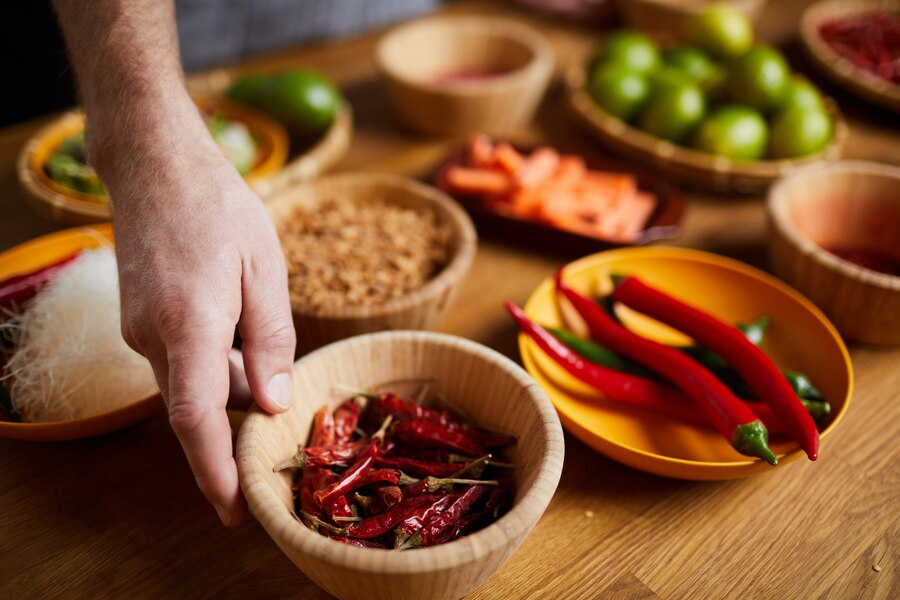
Introduction for penosia chili
In the ever-evolving world of Penosia Chili: culinary arts, discovering new ingredients can transform traditional dishes into extraordinary culinary experiences. One such ingredient gaining attention among chefs and food enthusiasts alike is the Penosia chili. This article delves into the origins, characteristics, culinary uses, and health benefits of the Penosia chili, spotlighting its potential to spice up a variety of dishes.
Origin and Cultivation
The Penosia chili, native to the highlands of Central America, thrives in the temperate climates found there. Cultivated for centuries by local farmers, this chili is integral to the regional cuisine and agricultural practices. It is characterized by its vibrant red color and moderately wrinkled texture, which distinguish it from more commonly known varieties like the Jalapeño or Habanero.
Culinary Characteristics
The Penosia chili is prized for its unique flavor profile, which offers a perfect balance between heat and sweetness, making it a versatile ingredient in the kitchen. Its heat level is moderate, typically ranging between 1,000 to 2,000 Scoville Heat Units (SHU), which makes it more accessible for those who are less inclined toward extremely spicy foods.
Uses in Cooking
Penosia chilies are incredibly versatile in culinary applications. They can be used fresh, dried, or powdered, adding depth and complexity to dishes. In Central American cuisine, they are often used to prepare salsas, marinades, and as a spice in meats and stews. Their mild heat and sweet undertones make them an excellent ingredient in sauces and dips, blending well with tomatoes, onions, and cilantro.
Health Benefits
Beyond their culinary appeal, Penosia chilies offer numerous health benefits. They are rich in vitamins A and C, which are crucial for immune system function and skin health. The capsaicin present in these chilies can help boost metabolism, aid in weight loss, and reduce inflammation. Regular consumption of Penosia chili can contribute to heart health due to its ability to reduce cholesterol and improve blood circulation.
Cultivating Penosia Chili at Home
For those interested in gardening, Penosia chilies can be a rewarding addition to home gardens. They require well-drained soil, plenty of sunlight, and moderate watering. With proper care, the plants can yield a generous harvest that can be used fresh or preserved by drying and powdering.
Conclusion about penosia chili
The Penosia chili is more than just another spicy pepper; it’s a culinary treasure that offers a blend of delightful flavors and health benefits. Its growing popularity in international cuisines underscores its versatility and potential to inspire new dishes. Whether you’re a seasoned chef or a home cook, experimenting with Penosia chili can bring a new dimension to your cooking and introduce your palate to the rich flavors of Central American cuisine.
